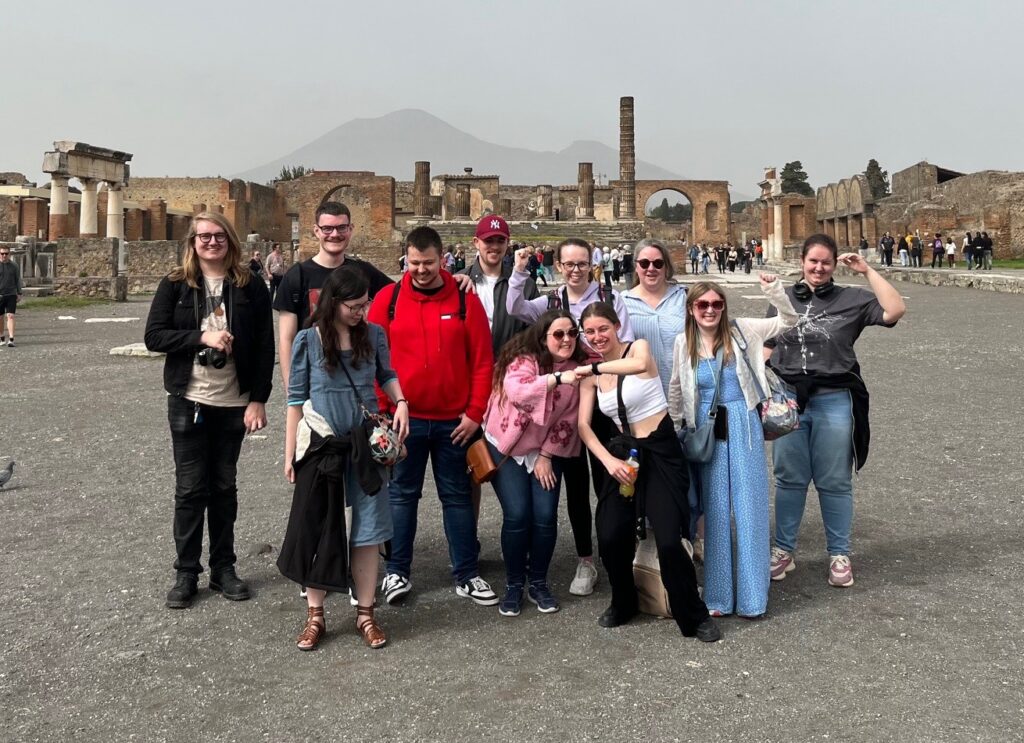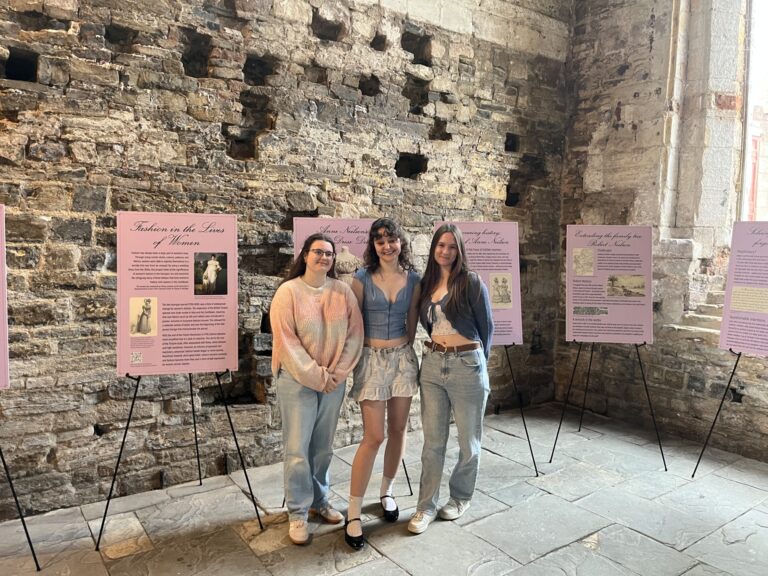| History
trip to italy 2025
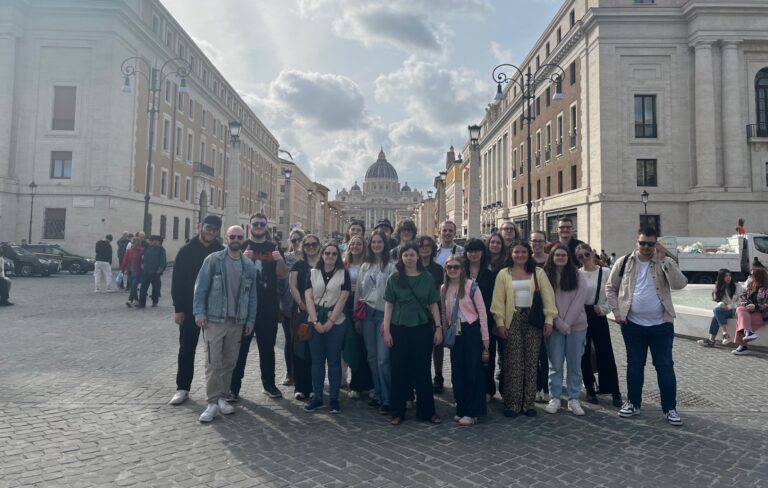
In March 2025, 29 students from History, English Literature and Religion, Philosophy & Ethics spent a week in Italy visiting Rome, Naples, Sorrento and Pompeii with Dr Christian O’Connell and Dr Martin Wood. We had a specific itinerary each day, although students had plenty of time to explore sites for themselves. Here’s what we got up to…
When in Rome…
We stayed in Rome for three and a half days. However, before starting our tour of various sights, we had to begin with the most important thing – food. After arriving in the city. and to help everyone settle in, we went for a traditional ‘pinsa’, a Roman variation of pizza. We then had a plan to divide our three days between ancient, Renaissance, and 20th century Rome. Day one was devoted to exploring one of the most famous sites in the world, the Colosseum, which was followed by a walk through the Palatine Hill (home to Roman Emperors) and the Roman Forum, the beating heart of the ancient city. It is difficult to exaggerate the scale of these sites, which offer more than a glimpse into the city’s ancient past. There are also fascinating stories about what happened after the fall of the empire and what happened to many of the sites over the centuries before they were fully rediscovered.
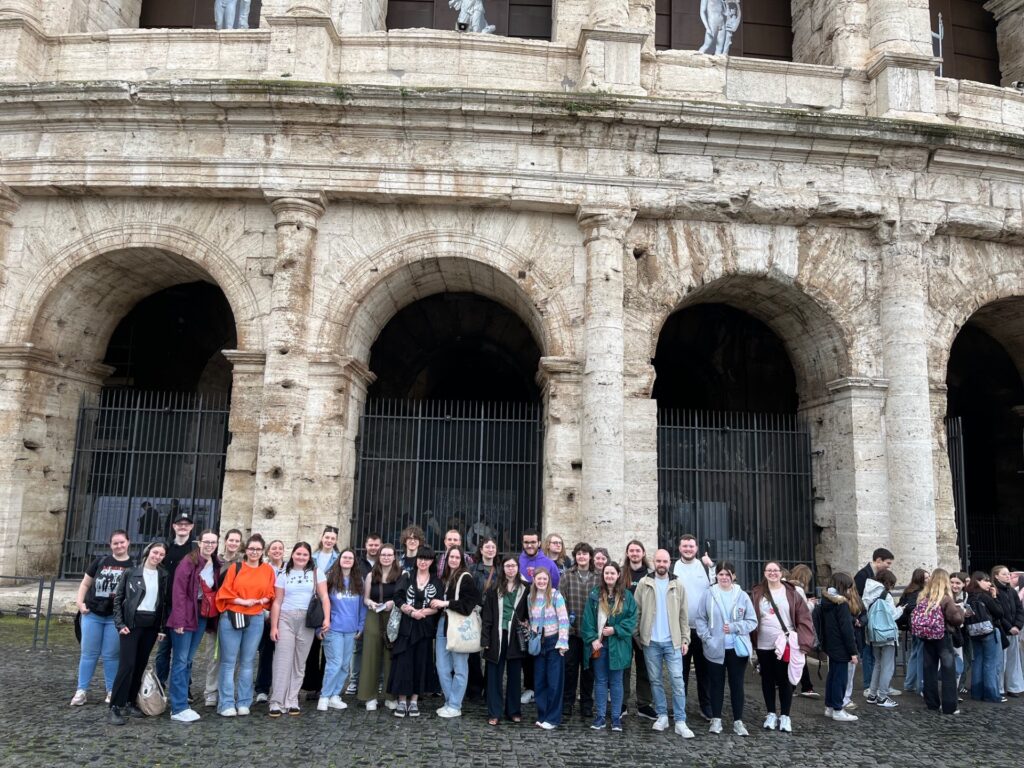
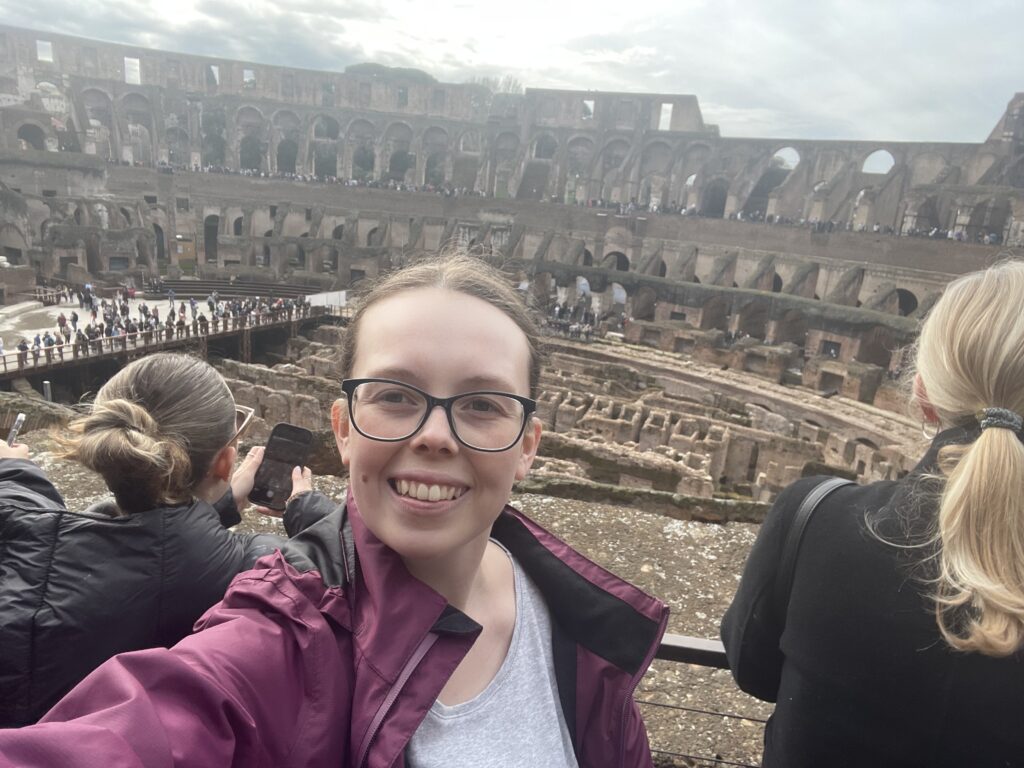
After a much needed break, we explored the impressive Vittoriano building, otherwise known as the ‘Altar of the Fatherland.’ This was erected to celebrate the unification of Italy in 1861, and provides great views over the ancient city as well as the existing historic centre. It was intentionally placed next to the city’s historic treasures, including the impressive Campidoglio, which contains other features designed by Michelangelo, and also has a replica of the gargatuan statue of Constantine. We spent the afternoon taking in other sites as we strolled through the historic centre of Rome, including Largo Argentina (the site where Julius Caesar was assassinated in 44 BC, and now a cat sanctuary).
On the second day we had a very early start with a morning visit to the world famous Vatican Museums. Here students were able to explore a range of fascinating collections from the Greek, Etruscan and Roman eras, as well as some of the masterpieces of Renaissance art, including the Raphaelite rooms and Michelangelo’s Sistine Chapel. After a much needed break, we took a a leisurely stroll the historic centre of the city, taking in St Peter’s Basilica, Castel Sant’Angelo, Piazza Navona, the Pantheon, the Trevi Fountain and the Spanish steps.
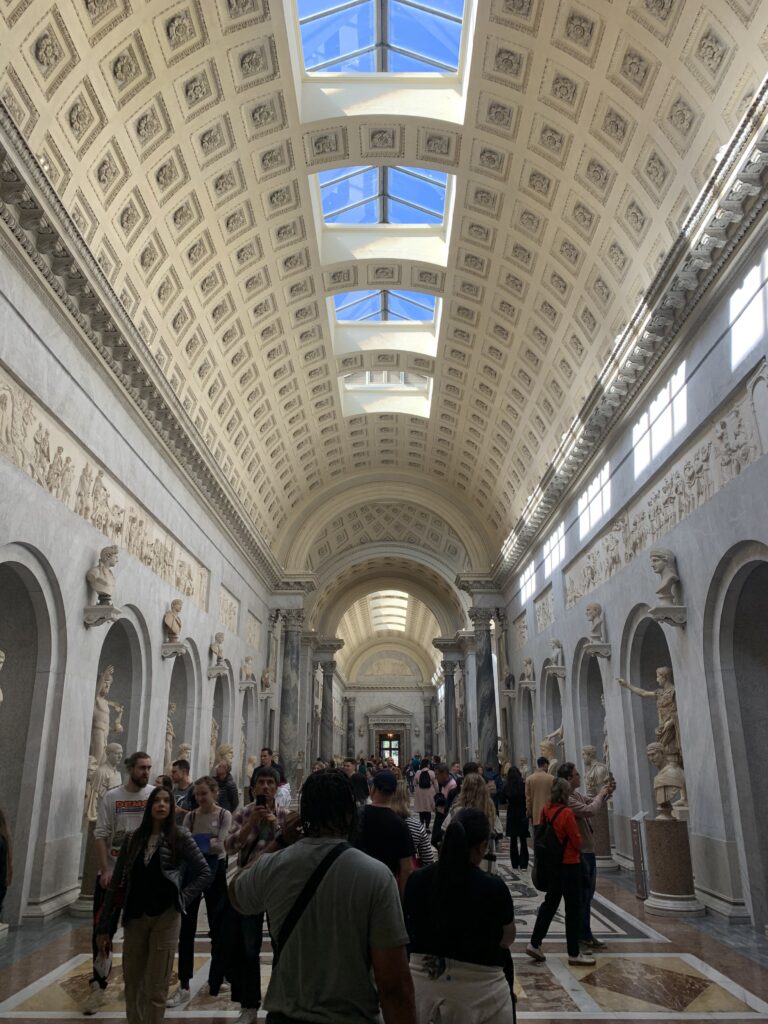
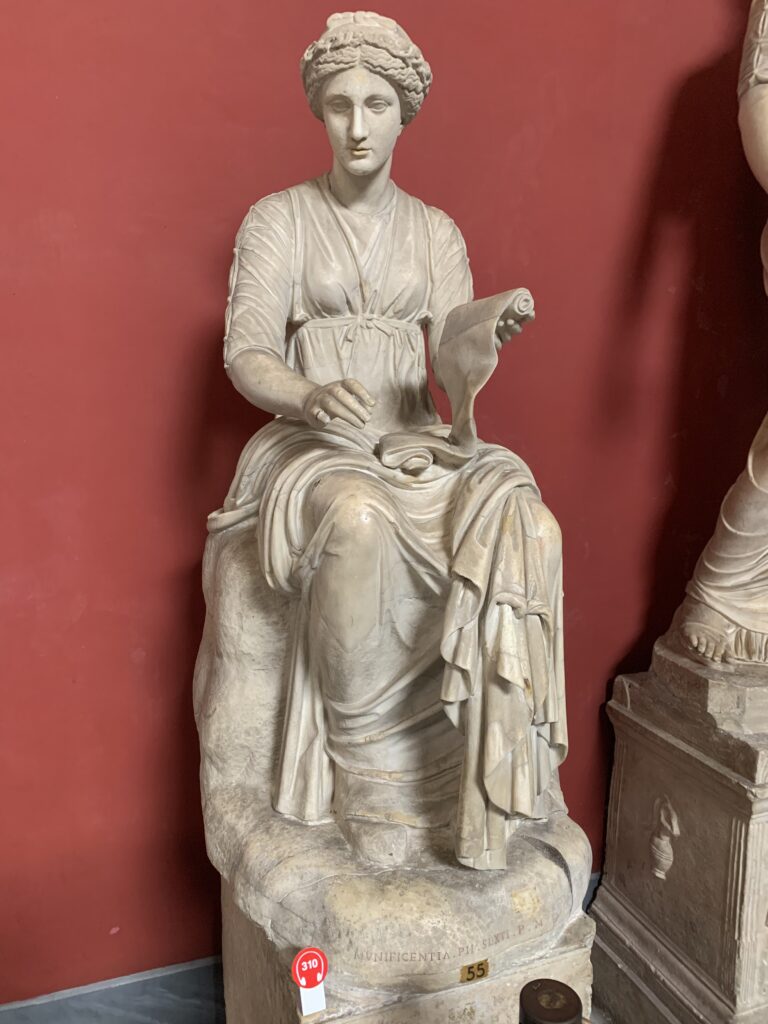
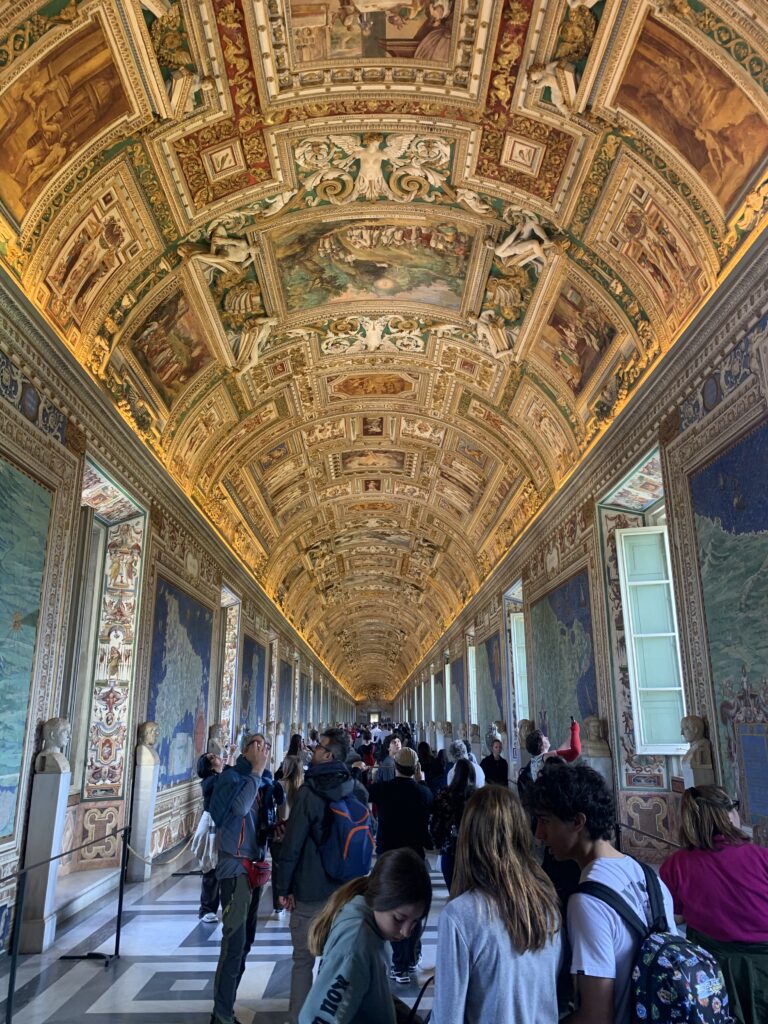
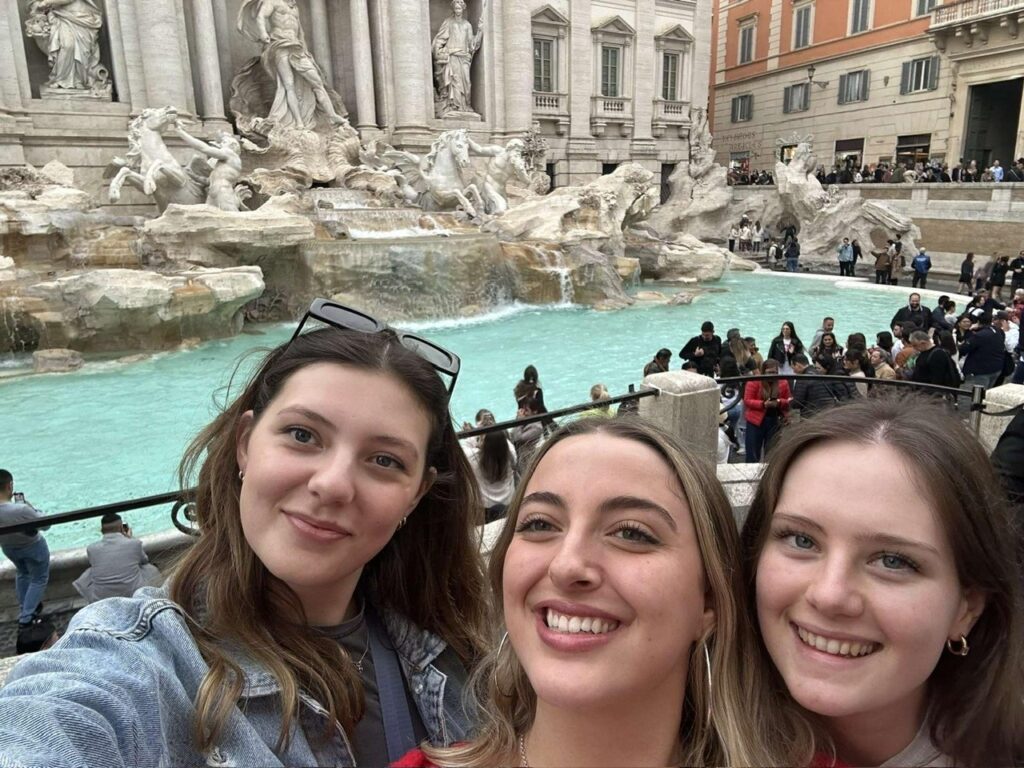
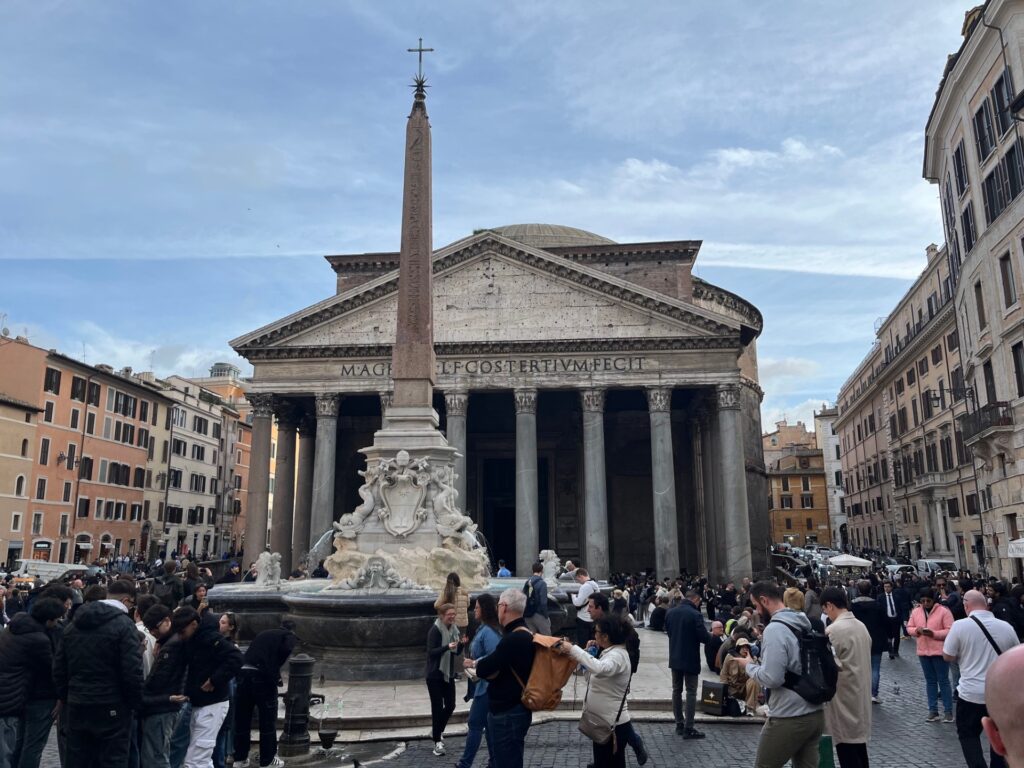
After a ‘free’ day due to bad weather, where everyone took in different sites, in our final day in Rome we also explored the famous EUR district. Established in 1942, it was designed to host an exhibition which didn’t take place due to World War II. In 1937, the Italian Fascist dictator Benito Mussolini announced the project which planned to celebrate the twentieth anniversary of the March on Rome. However, the war and fall of Mussolini meant the exhibition never took place and the district was abandoned. The area was designed to symbolize the achievements and ambitions of Fascism, and buildings such as the Palazzo della Civilta’ Italiana and the Basilica of St Peter and St Paul (originally designed to be Mussolini’s Mausoleum) are fascinating instances of Fascist ideals and aesthetics in stone. These ideas were loosely based on the recreation of a new empire inspired by ancient Rome.
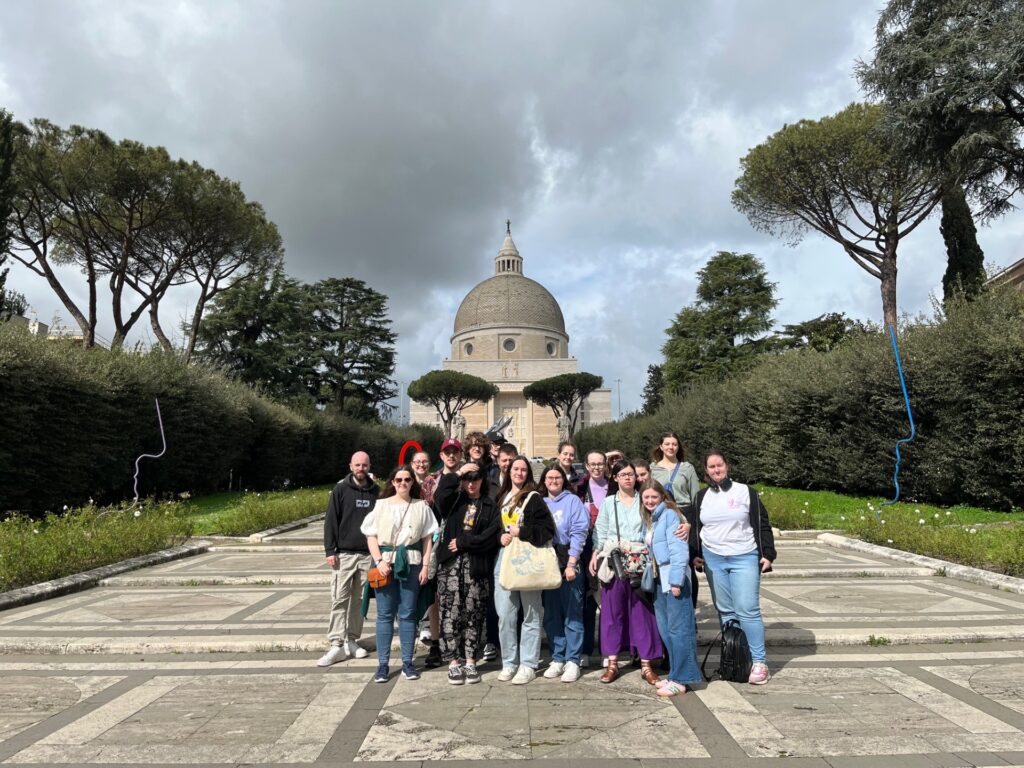
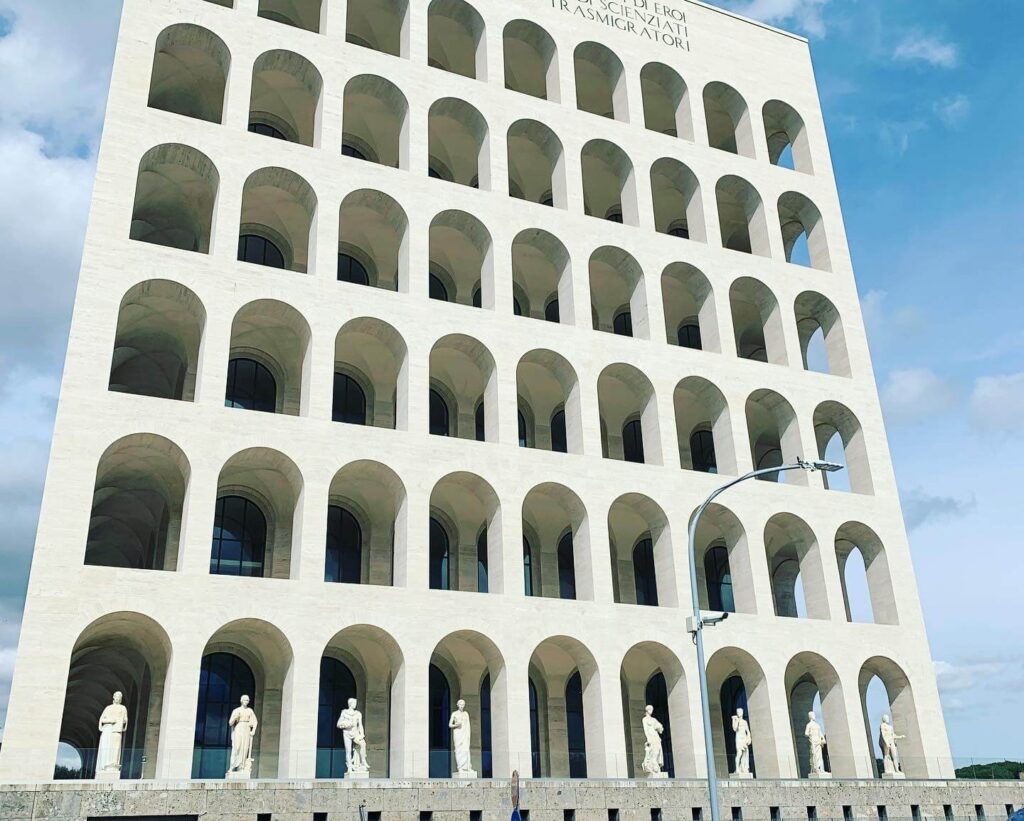
Our final destination in Rome was the Mausoleum of the Ardeatine Caves, the site where 335 Italians were summarily executed by German forces in response to the attack of the Italian resistance in Via Rasella in March 1944. German commanders ordered the reprisal, which was meant to represent 10 Italians for every one of the 33 Germans killed, to inspire terror in the local population and thwart any further resistance activity. The Mausoleum stands as a monument to this tragic event, which also acts a powerful learning tool for the experience of the war in Italy. It is still a legacy that finds itself being contested and debated (see here).
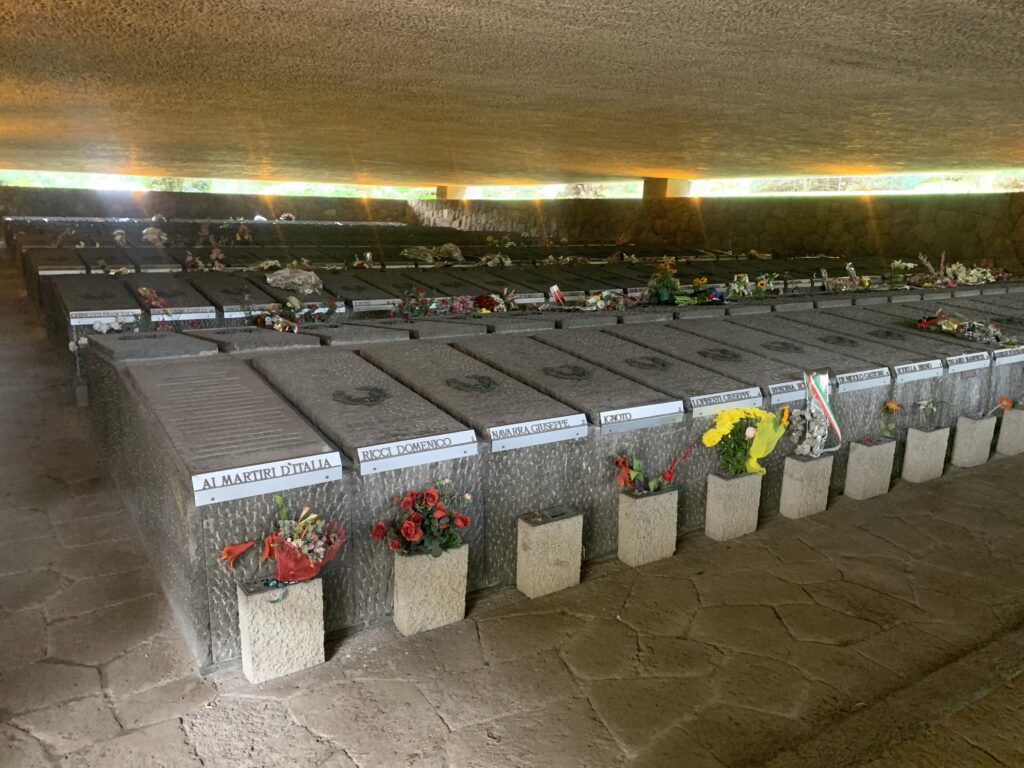
Naples, Sorrento & Pompeii
Our final two days were spent in the Bay of Naples. Staying in the lovely coastal town of Sorrento allowed for some respite from the chaotic hubbub of Rome. Half of the group opted for relaxation in Sorrento, while the rest of us took the local train to Naples. It is one of the most ancient cities in Europe, whose current urban fabric preserves a selection of outstanding elements of its long and eventful history (which combines Greek, Etruscan, Roman, Norman, Spanish and Bourbon rule and rulers). It also has a unique character and vibrance, as well as own brand of chaos.
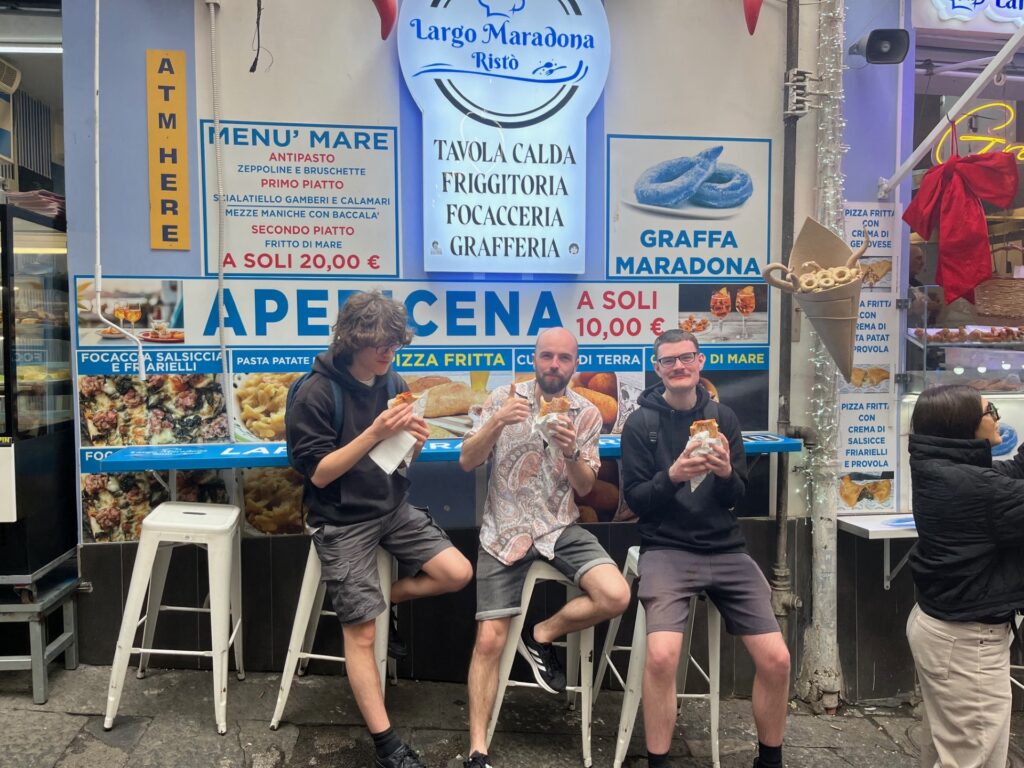
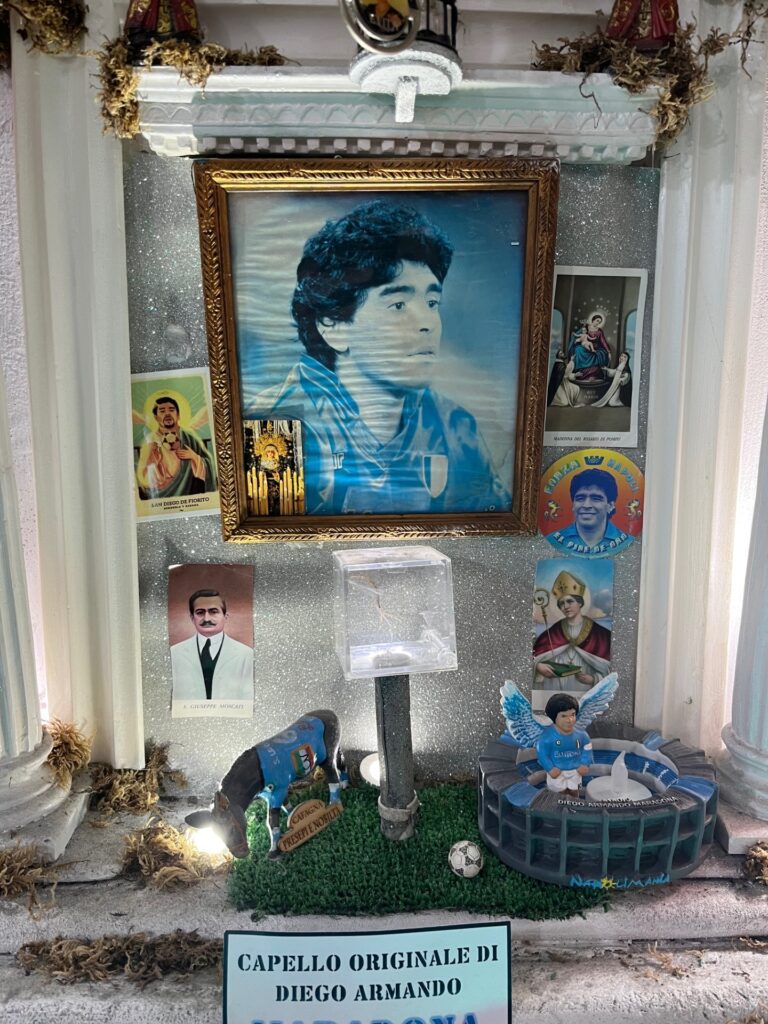
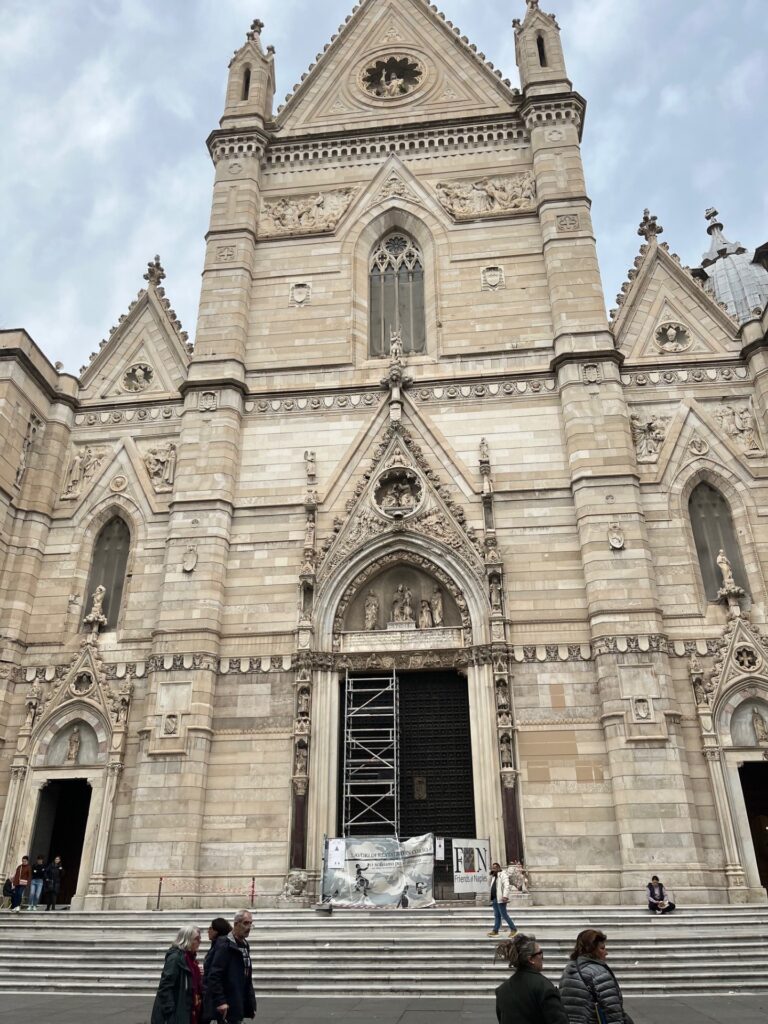
We got a brief glimpse of this very unique and lively city, venturing deep into the historic Spanish Quarters, home to the famous murals and unofficial shrines of the city’s most beloved hero, Diego Maradona. Often regarded as some of Naples’ poorest areas, experiencing cheap but great food (and drink), this district is also extremely characteristic of the city’s culture and traditions. As long you survive the speeding mopeds, you get to see little shops and stalls selling lots of traditional food and produce. As well as walking through the city, we visited the Cathedral, home to the remains of the Naples’ patron San Gennaro.
Our final day was spent at the historic site of Pompeii, the ancient Roman town destroyed but carefully preserved by the eruption of Mount Vesuvius in 79 AD. It is a remarkable place to visit, not only given the scale, but also because the level of preservation provides allows you to get a real feel for the way ordinary people may have lived 2000 years ago. Each year new discoveries come to light, with plenty more to come. It was a perfect way to end a great (but equally tiring) trip.
